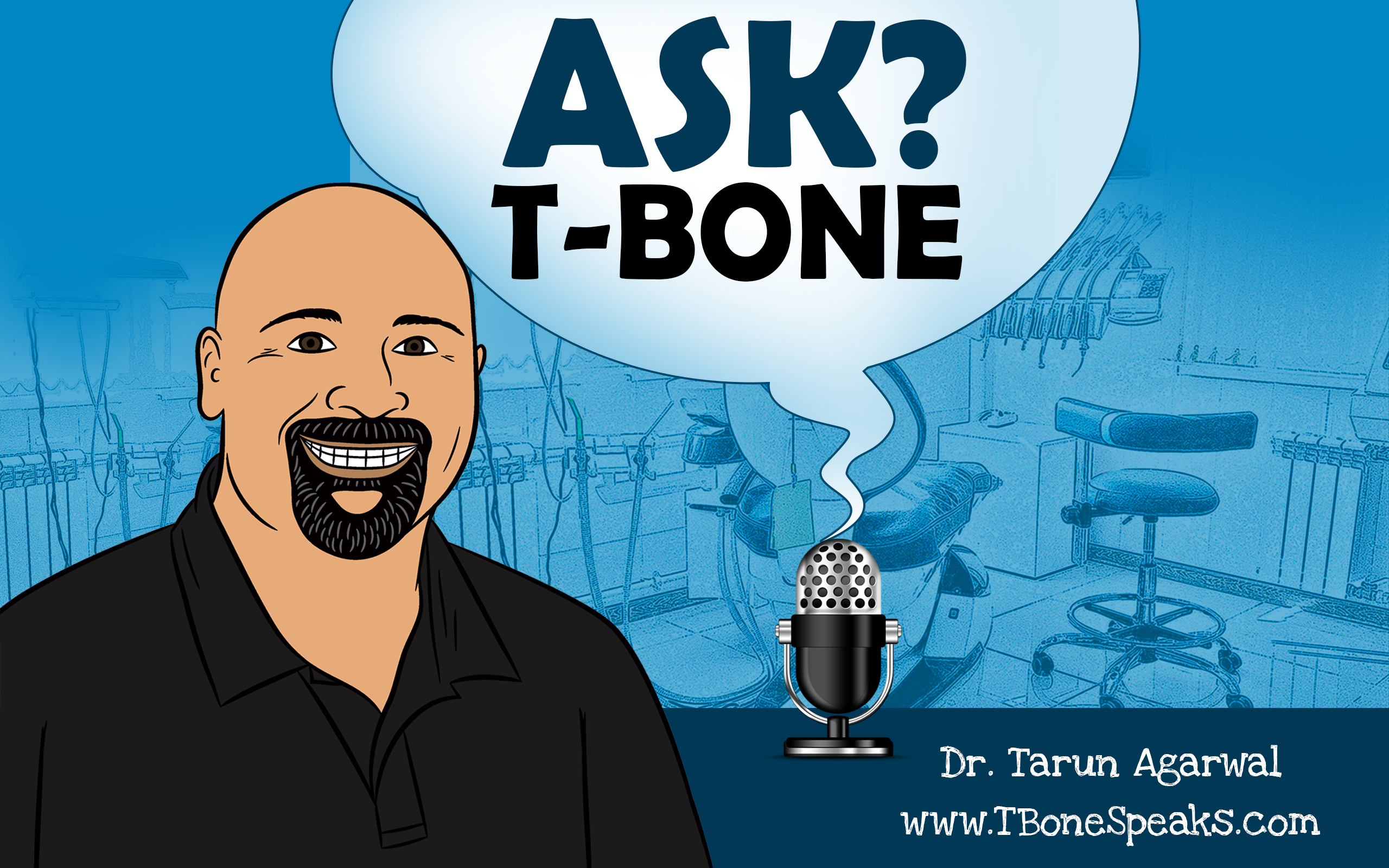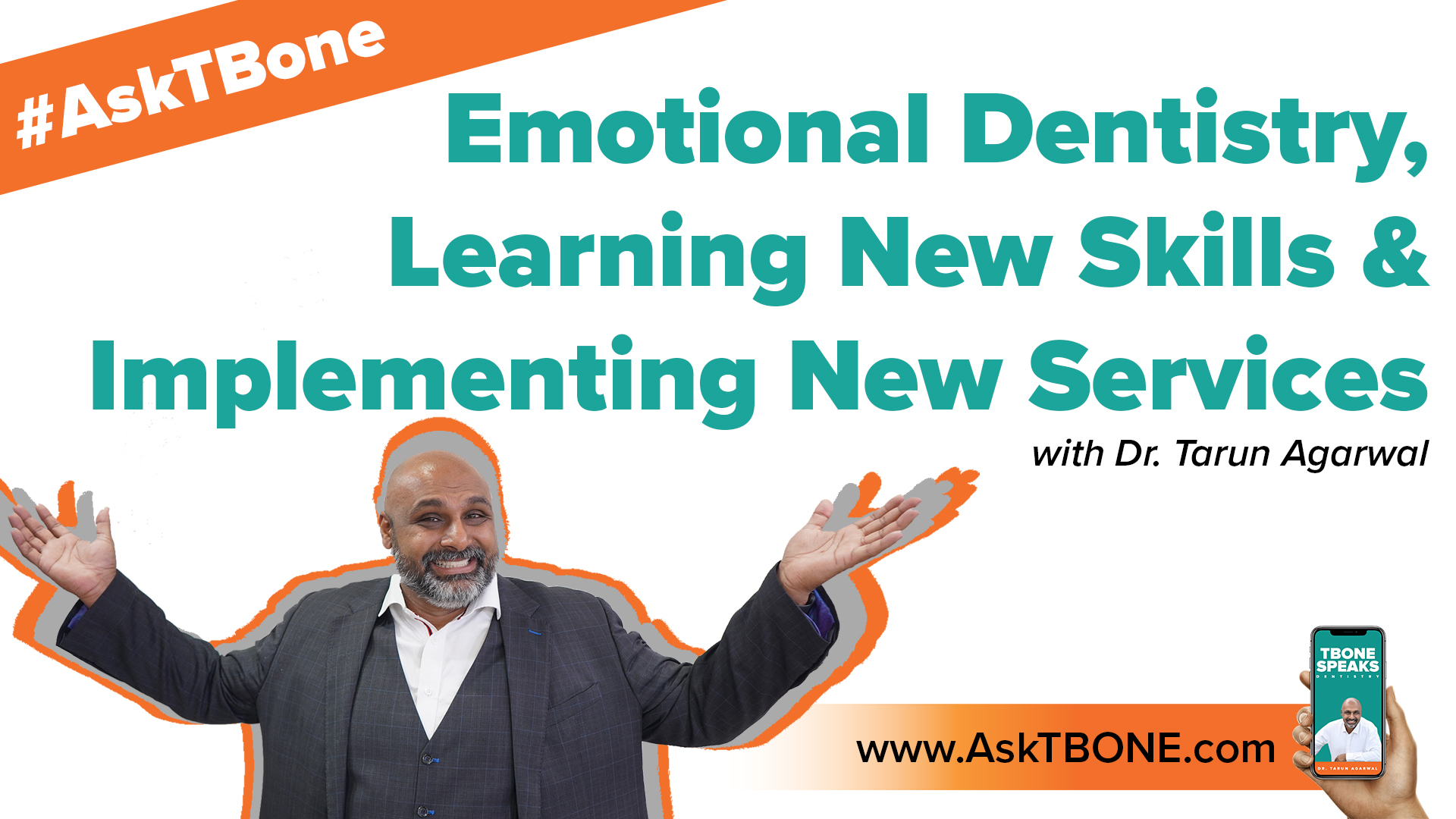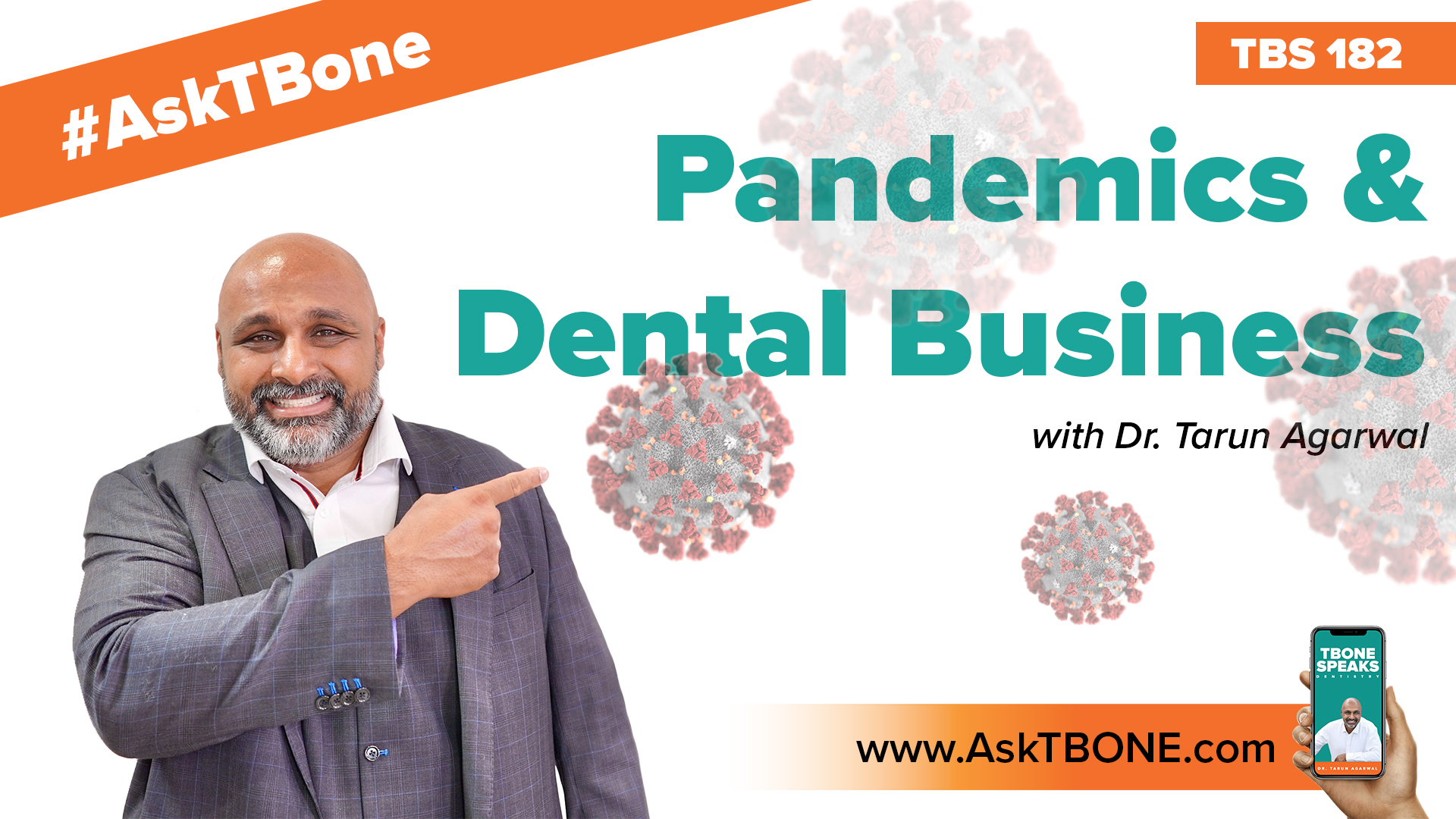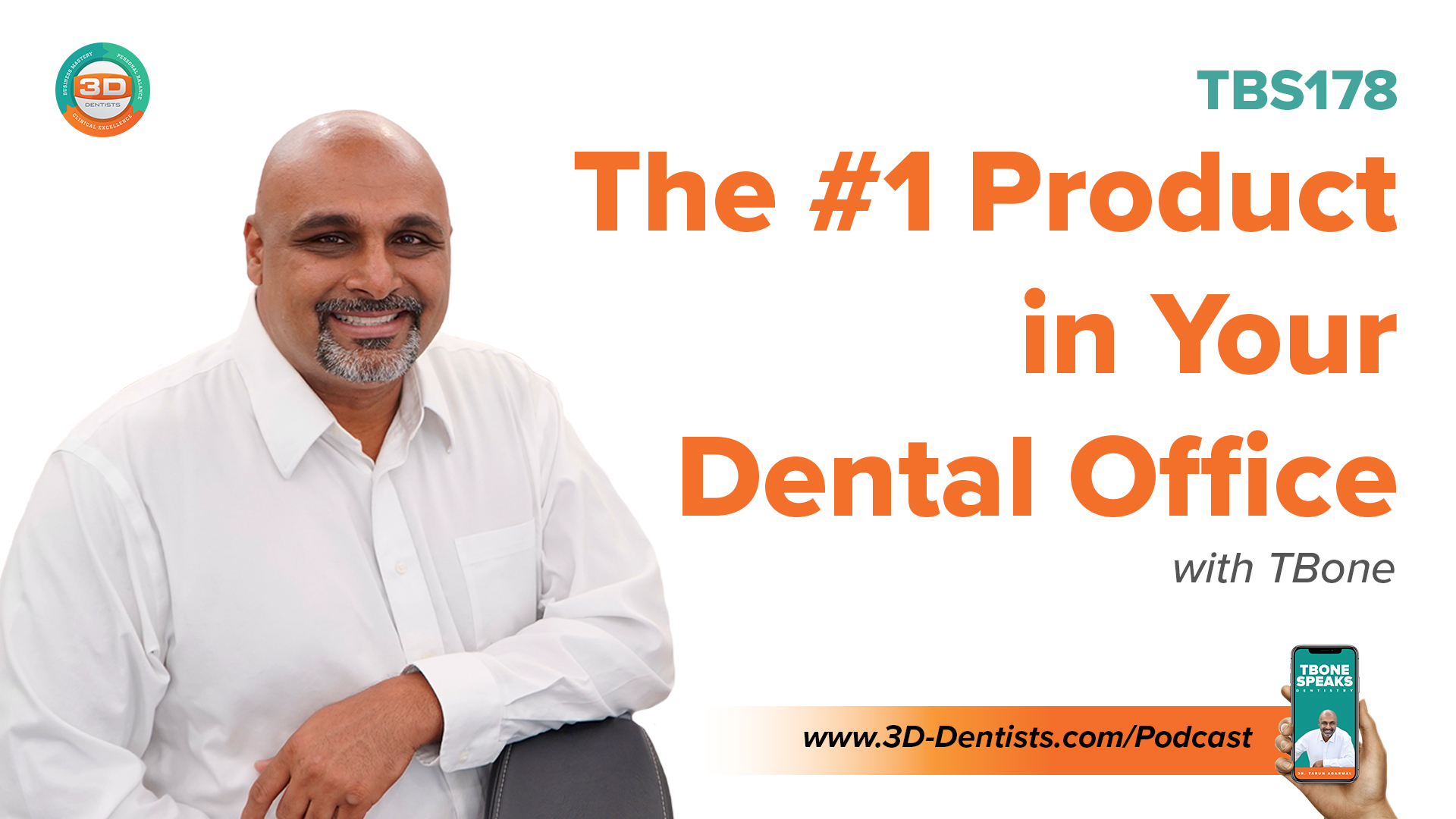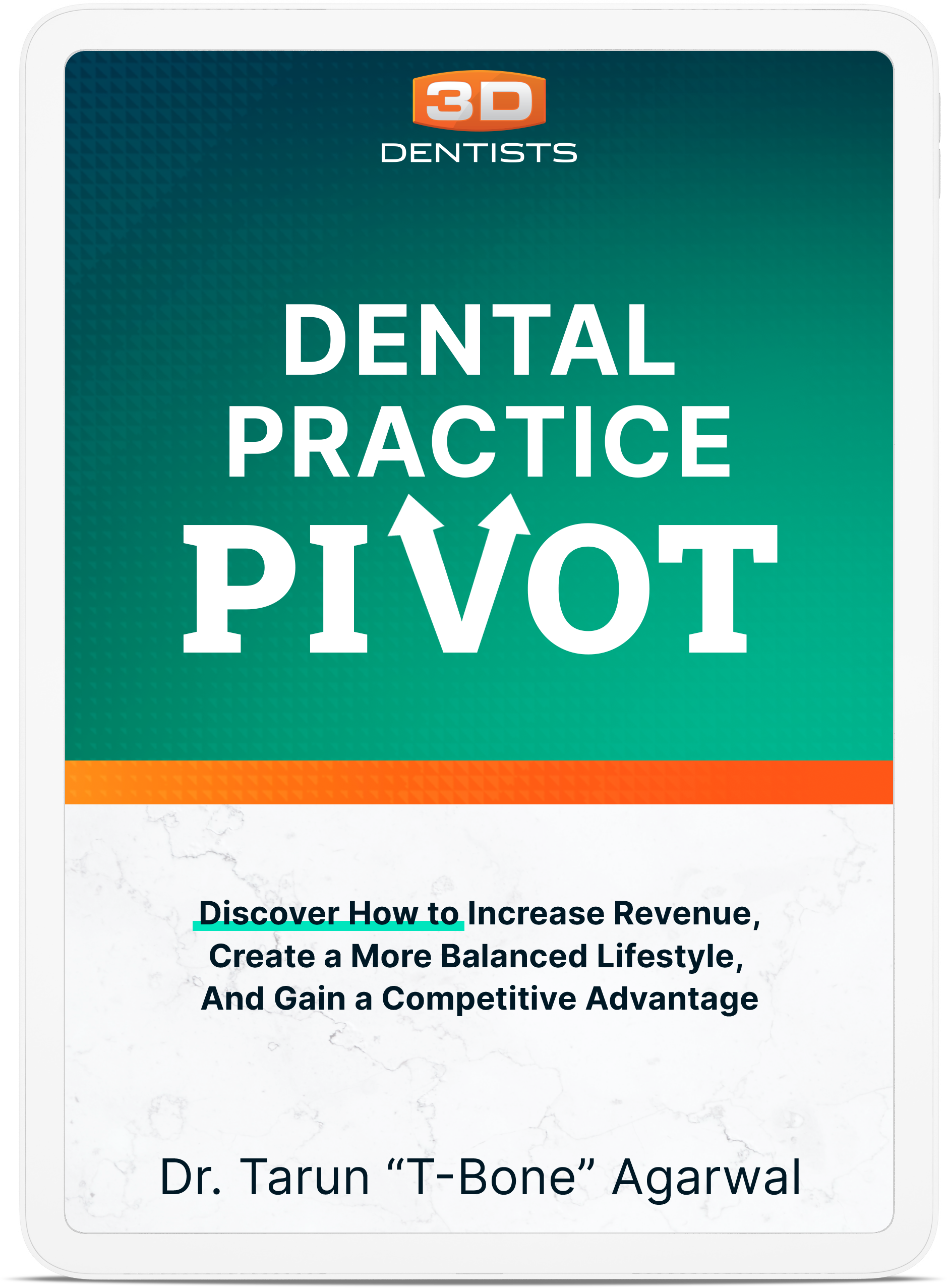Hello and welcome back for another episode #Ask T-Bone on the T-Bone speaks Podcast!
I’m T-Bone, and today we have a really good question. Actually they are all good questions if they make it to the podcast.
So, the question submitted was:
I have a quick question regarding 3D CBCT Imaging unit. I am considering selling my regular pan unit and upgrading to a Cone Beam. I would like a unit that can support my practice well into the future. We are starting to place more implants, doing more IV sedation with complicated third molar extractions, etcetera. In the future we would like to add CAD CAM at some point, so I would like a unit that could support that best as well. Do you have any suggestions? Do you have any contacts or ideas for potential use of demo units that could potentially save money. The expense is my major drawback at this point. But we are growing tired of sending patients out for scans. Thoughts.
Alex
So Alex, is a great question, and there is multiple things here so, here is why I would like to address this. So, I think this may be a setup question, quite honestly. Because as a Sirona speaker and trainer I would have to say that I’m clinically biased, not financially biased, but clinically biased to their products, and I think what I’m seeing a lot of questions on in the market places, I can buy a less expensive Cone Beam or there’s a deal on a cone beam and I would caution people against that. One, let me say this: Nearly all the Cone Beams on the market take a great image. All do a good job of that, they all do a good job of being accurate, of having good image quality, some better than others, but they are all there. I think to me, the real choice in Cone Beam is not about price. Price should be the last thing, the first thing that you should ask yourself is, what size field of view do I need, another words how big of a Cone Beam area do I need. And in my opinion, the minimum size you should consider getting is a 10 by 10 and the reason I say that is I want you to get at least the equivalent of a panorex from a Cone Beam because then that allows you to build a reconstructed pan to dental insurance for your Panorex and if you are not producing the volume size of a Panorex I believe that would be incorrect to bill that out as a reconstructed Panorex. I think that is the minimum size 10 by 11 or 10 by 10 would be the minimum size that I would consider getting. And then, you know, after you determine what size you need also the 10 by 10 will get you the full mandible the full maxillary, third molars, majority of the sinus if not all the sinus, and often will get you the majority of the airway on nearly all your patience. So to me as a GP or as any dentist I would say that would be the minimum size you would want.
The next question would you want to go up to a larger field of view, something that is a 15 by 15 or somewhere around that ballpark, centimeters is what I’m talking about here. And that typically will get you all those things plus the entire sinus, maybe part of the spine as well and it will also get you the joints in nearly all your pictures and will be able to produce a cephalometric from your Cone Beam as well. So, that’s the first question I would ask myself in terms of when I’m choosing a Cone Beam. And in a perfect world you would have a machine that has different field, sizes another words so, if I saw a patient with that was literally just having pain in the lower right-hand side and I wanted to 3D of just one or two theet I could take a 5×5 scan, I would do that. So, the radiation doses not anything necessary, last when you take a smaller field of view with a machine that produces a normal sized field of view. So, I would look at those things. So perfect world, you have a machine that does all of those volume sizes along the way.
And then the next thing I would ask myself is: what is a possibility of future Integrations?
And when I say future I don’t mean future from the company you’re buying it from, but future from what you expect your practice to be doing. And whatever you think your practice is going to be doing, shoot for above and beyond that. Because you will be doing more than you realize that you’ll be doing, because you know, would you have thought that you needed to Cone Beam? Or even consider Cone Beam radiology 10 years ago, or when you first started your practice?
So you can predict the future to a certain degree, but you should by technology that is somewhat prepared for the future. And especially technology that has a six-figure price tag on it.
So those are the things I look for.
Now what would I consider at today’s date a minimum standard for a Cone Beam? First and foremost, it’s got to have implantology. It’s got to be able to plan implants, order surgical guides, and to me this type of software has to be built-in to the workflow. In other words, what I mean by this is the same software that captures your 3D image would also allow you to plan your implantology. Now, you can almost always export you DICOM, and import into an implant planning software. But that’s just one more step, that’s a step of exporting the data and then a step of importing the data. So my suggestion would be a self-enclosed software that captures and plans the implantology. I would also want a software or a Cone Beam that allows me to do airway segmentation. This is going to be fewer and fewer that allow that, and the reason for that is it’s going to really allow you to create awareness for sleep apnea therapy and sleep apnea treatment in new practice, so that would be important. And then I would say unbelievably important for me would be the ability to integrate CAD/CAM data into your Cone Beam.
So if your software doesn’t allow you to do those things -Directly capture, do implantology for that direct capture, do airway from that direct capture and allow you to import CAD cam data directly into the software- I would not consider that. So those should be done today. Not “Hey we’re coming out with that 6 months, a year from now two years from now or those things. That should be something that can be done today. So to me that’s the minimum standard there.
So that hopefully helps you understand and in terms of how I would choose to do that.
Now, everybody says they are financially not ready. No one is financially ready to spend that kind of money, nor by the time you get to that point when you are financial ready, to just plot out that kind of money, honestly you well past that point.
The truth is, in business you often have to take some risks. And in my talks I often talk about how you got to this position was by taking a risk. And that sometimes we don’t take risks anymore, and this is why our practice to stay stagnant. So I would encourage you that if you’re close to it, I would consider taking a risk especially if you like Alex here who says “hey we are doing more implants, were doing were third molars”, that tells me that’s a practice that expanding the scope of services, so you can’t base your business plan on what you doing today but what you expect to be doing a year, 18 months, 24 months from now. Because in today’s world you can buy this technology, you can do a bank skip where you can skip it for six months and would give you time to implement it into your practice, and then have the money to pay for it along the way.
So I would say got to take a little bit of a risk.
Now in terms of use the demo units. Certainly you should talk to your distributor about if they often have people that are trading in units for a bigger units they may be able to assist you in working with somebody. They may have demo units that they are trying to get rid of and then of course you could always look at the used Market on eBay and different places like that. I would caution in the used Market. Sometimes you’ll get defective products or products that are no longer warranted and you’ll be left holding the bag. So you have to be cautious about buying used products. I’m not against used products, it’s just have to be cautious in when you are doing that.
Last part here is: “we are growing tired of sending patients out for scans”
Listen, I tried that the beginning 9 years ago when I bought my Cone Beam machine and it was a disaster. Not because it didn’t work, or not because some patients didn’t go but the problem was: some patients went and most patients did not go. I’m a big believer that if you have technology you should utilize it. If you have access to 3D machine in your office, you can’t… To me the real beauty of 3D imaging is you’re seeing what you didn’t know was there. And, often times you are sending out for scans once you’ve already got case acceptance. And to me 3D is about creating that case acceptance. So you don’t know and the patient doesn’t know what is possible. So if you don’t have access to that Imaging in your practice at on-demand, to me it’s really a broken model. So in my opinion, this is just my opinion, 3D imaging outsourcing it to scan centers is a broken model for the progressive general practice.
So hopefully that makes sense and again I encourage you to submit questions by visiting www.tbonespeaks.com
Enjoy The Show?
- Don’t miss an episode, subscribe via iTunes, Stitcher or RSS.
- Leave us a review in iTunes
- Join the conversation by leaving a comment below!

